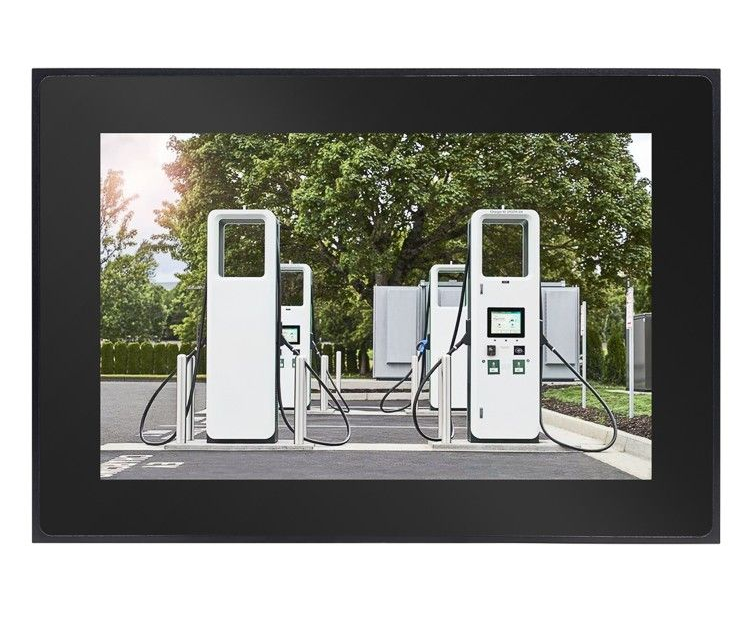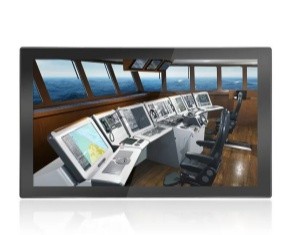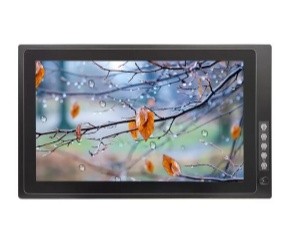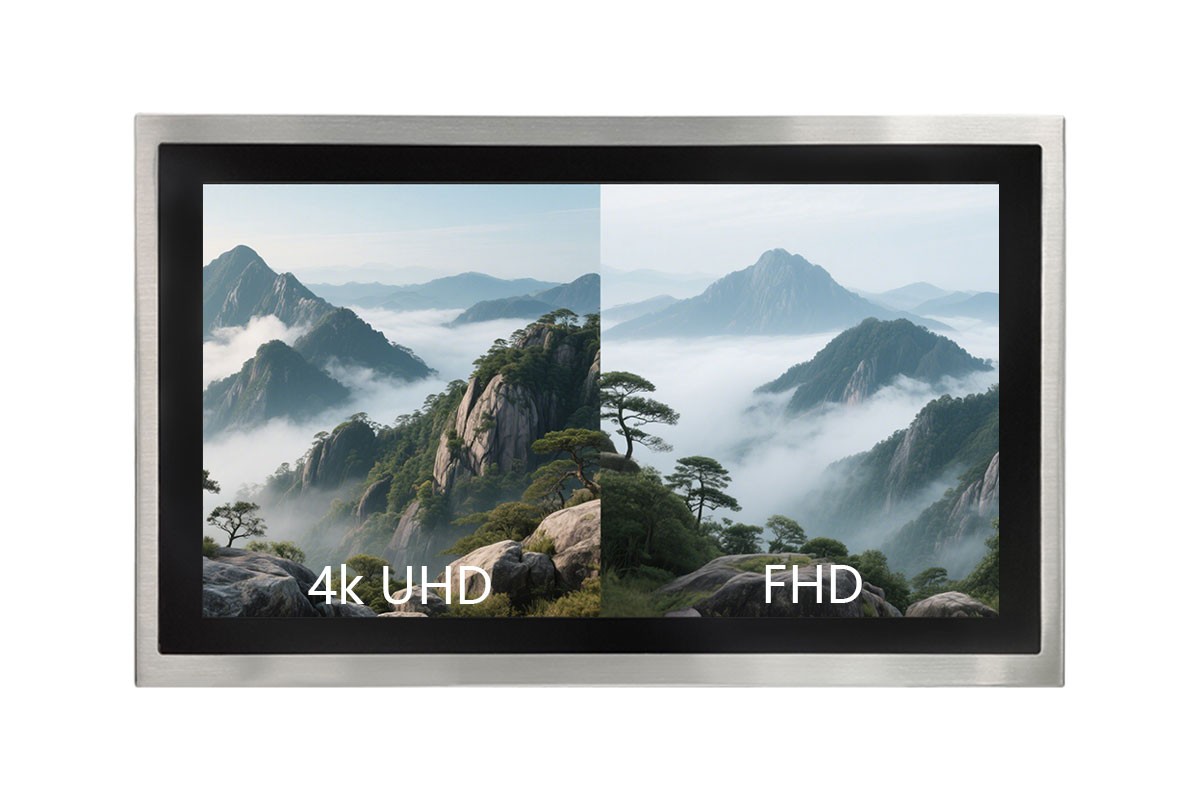May. 25, 2024
Anti-reflective touch screen monitors are advanced displays designed to reduce glare and reflections, enhancing visibility and user experience in various lighting conditions. These monitors are ideal for applications where clear, unobstructed viewing is crucial, such as in outdoor settings, industrial environments, and public kiosks. This guide will provide comprehensive information about anti-reflective touch screen monitors, including their benefits, applications, and key features to consider when purchasing one.
Anti-reflective touch screen monitors are equipped with a special coating that minimizes reflections and glare on the screen's surface. This coating improves screen visibility and readability, especially in bright environments. The touch screen functionality allows users to interact directly with the display, making these monitors suitable for a wide range of interactive applications.
Anti-reflective touch screen monitors offer numerous benefits:
1. Enhanced Visibility: The anti-reflective coating reduces glare and reflections, providing clearer and more vivid display quality, even in bright or outdoor environments.
2. Improved User Experience: With reduced reflections, users can easily read and interact with the screen, enhancing the overall usability and efficiency of the monitor.
3. Durability: These monitors are often built to withstand harsh conditions, making them suitable for industrial and outdoor applications.
4. Reduced Eye Strain: By minimizing glare, anti-reflective screens reduce eye strain, making them more comfortable for extended use.
5. Versatility: Suitable for various applications, including retail kiosks, industrial control panels, transportation systems, and outdoor digital signage.

Anti Glare Touch Monitor
Anti-reflective touch screen monitors are used in a wide range of industries and applications:
1. Outdoor Digital Signage: For advertising and information displays that need to remain visible in direct sunlight and varying weather conditions.
2. Industrial Control Panels: In manufacturing and processing plants where monitors must remain readable under bright lighting and harsh conditions.
3. Retail Kiosks: For self-service kiosks in retail environments, where clear visibility is crucial for customer interaction.
4. Transportation Systems: In public transportation hubs for ticketing, scheduling information, and wayfinding displays.
5. Medical Devices: In healthcare settings where clear and accurate display of information is critical, even under bright lighting.
When selecting an anti-reflective touch screen monitor, consider the following key features:
1. Screen Size and Resolution: Choose a screen size and resolution that meets your specific application needs, ensuring sufficient detail and clarity.
2. Touch Technology: Determine whether capacitive or resistive touch technology is more suitable for your use case. Capacitive screens are more responsive and support multi-touch gestures, while resistive screens can be operated with gloves or styluses.
3. Brightness and Contrast: High brightness and contrast ratios are essential for readability in bright environments. Look for monitors with these specifications to ensure optimal visibility.
4. Durability: Consider the environmental conditions where the monitor will be used. Look for features like IP ratings for water and dust resistance, as well as rugged enclosures for physical protection.
5. Connectivity: Ensure the monitor has the necessary connectivity options, such as HDMI, USB, and RS-232, to integrate seamlessly with your existing systems.
6. Viewing Angles: Wide viewing angles ensure that the screen remains readable from different positions, which is crucial for public and interactive displays.
Q: How does anti-reflective coating work on touch screen monitors?
A: Anti-reflective coating works by reducing the amount of light that reflects off the screen's surface. This is achieved through a special treatment that allows more light to pass through the screen, enhancing visibility and reducing glare.
Q: Can anti-reflective touch screen monitors be used outdoors?
A: Yes, anti-reflective touch screen monitors are designed to be used in outdoor environments. Their anti-glare properties make them ideal for outdoor digital signage, kiosks, and other applications where direct sunlight is a factor.
Q: What is the difference between anti-glare and anti-reflective screens?
A: Anti-glare screens diffuse light to reduce glare, whereas anti-reflective screens are coated to minimize reflections and enhance light transmission. Anti-reflective screens typically provide better clarity and visibility in bright environments.
Q: Are anti-reflective touch screen monitors more expensive?
A: Anti-reflective touch screen monitors can be more expensive than standard monitors due to the additional coating and technology involved. However, the improved visibility and user experience often justify the investment.
Q: How do I clean an anti-reflective touch screen monitor?
A: Use a soft, lint-free cloth slightly dampened with water or a screen-safe cleaner. Avoid using harsh chemicals or abrasive materials that could damage the anti-reflective coating.
In conclusion, anti-reflective touch screen monitors offer enhanced visibility and user experience in various lighting conditions, making them ideal for a wide range of applications. By considering key features and understanding their benefits, you can select the right monitor to meet your specific needs and ensure optimal performance.



What is a Waterproof Industrial Box PC?
May. 16, 2025

4K Ultra High-Definition LCD Display
May. 15, 2025